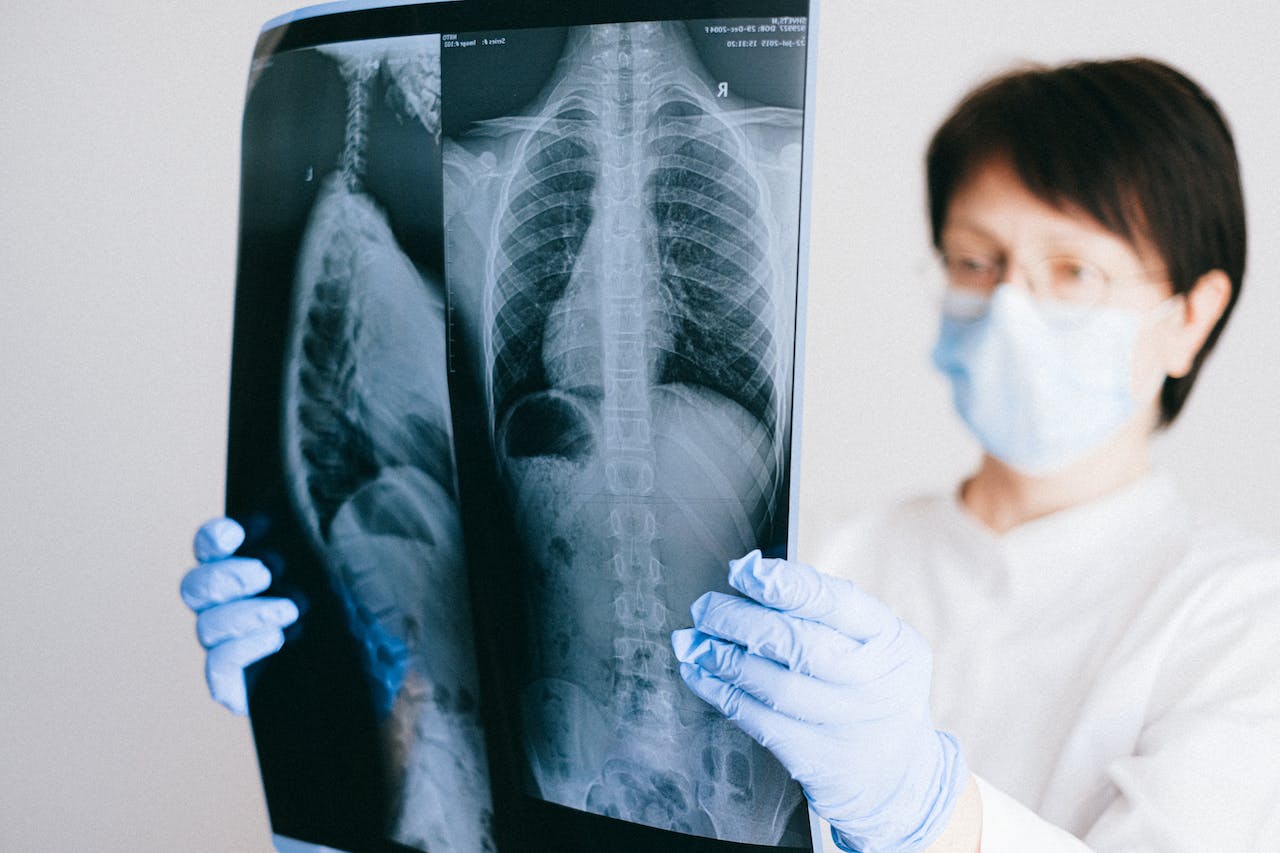Anxiety, a prevalent mental health condition affecting millions of individuals worldwide, often manifests in physical symptoms like palpitations, tremors, and excessive sweating. While various treatment modalities exist, pharmaceutical intervention remains a significant cornerstone of anxiety management. One medication that has been observed to be notably effective is propranolol, a non-selective beta-blocker typically used to treat heart conditions, high blood pressure, and even prevent migraines.
In this article we’ll answer the following common questions surrounding managing anxiety with propranolol:
- Does propranolol help with anxiety?
- What does propranolol do for anxiety?
- What’s the history of propranolol being used to treat anxiety?
- What’s the right propranolol for anxiety dose?
- What are the side effects of propranolol?
- Can propranolol be used to prevent PTSD?
If you’re interested in discovering how propranolol can be used to help with anxiety, this comprehensive article provides a robust starting point.
Does Propranolol Help With Anxiety?
While propranolol’s primary application is not for anxiety management, research has increasingly demonstrated its effectiveness in this regard. This means that yes, under the right circumstances, propranolol can help with anxiety.
What Does Propranolol Do For Anxiety?
As a beta-blocker, propranolol works by blocking the effects of adrenaline, a hormone that your body produces naturally. This effect can help reduce the physical symptoms associated with anxiety, such as a rapid heart rate, high blood pressure, shaking, and sweating.
According to a study published in the Journal of Psychopharmacology, propranolol, when used to treat anxiety, can significantly decrease subjective anxiety ratings and improve cognitive performance in stressful situations. This study found that propranolol’s effects on anxiety were evident even in the absence of elevated heart rate, one of the physical manifestations of anxiety that propranolol typically addresses.

A History of the Relationship Between Propranolol and Anxiety
The transformation of propranolol’s use towards becoming a means of managing anxiety came about through decades of clinical observation, research, and serendipity.
James Black, a British scientist, developed propranolol in the 1960s as a heart medication. Black aimed to create a drug that would slow down the heart rate, reduce blood pressure, and alleviate angina, an objective achieved with the development of beta-blockers.
The transition to using propranolol for anxiety was a result of keen clinical observation. Healthcare providers noted that patients on propranolol for heart conditions reported feeling less anxious. This observation was grounded in propranolol’s mechanism of action. As a beta-blocker, propranolol blocks the effects of adrenaline (also known as epinephrine), the hormone responsible for the ‘fight or flight’ response that triggers the symptoms of anxiety.
Researchers began to investigate this surprising side effect further. Through multiple studies, they established a connection between propranolol and reduced physical anxiety symptoms, such as rapid heart rate and tremors. Over time, the research has provided compelling evidence that propranolol can be effective in managing both the physical symptoms and psychological distress associated with anxiety disorders.

Propranolol For Anxiety Dose and Use
The National Health Service (NHS) in the UK provides guidelines on the safe and effective use of propranolol. According to the NHS, propranolol can be taken in different ways depending on the condition being treated. For situational anxiety, it can be taken one hour before the anticipated event. The dosage may vary, and it is crucial to follow the healthcare provider’s instructions. Further NHS information on propranolol more generally can be found here.
Propranolol is not available over the counter and must be prescribed by a doctor.
Propranolol Side Effects
While Propranolol can be an effective treatment for anxiety, it is not devoid of side effects. Some of the common side effects include:
• Tiredness
• Cold fingers or toes
• Difficulties in sleeping
• Nightmares
• Hypertension, in the case of abrupt withdrawal
Less commonly, more severe side effects can occur, including changes in mood, confusion, memory problems, hallucinations, and heart problems.
It is crucial to note that stopping propranolol abruptly can cause serious issues, especially for those with heart disease. It is essential to always follow the healthcare provider’s instructions on the usage and discontinuation of the medication.
Propranolol should be avoided as a treatment for anxiety in those with asthma, heart failure, and peripheral vascular disease.

Propranolol Use Acutely to Prevent PTSD
The concept of preventing post-traumatic symptoms following severe trauma is an interesting one. Studies have shown possible benefit in the administration of propranolol in acute doses immediately following traumatic events. This, when compared to placebo, was shown to be effective in decreasing subsequent post-traumatic symptoms and physiological reactions to traumatic reminders within a month. Whilst being effective at treating symptoms of PTSD, there is still the question as to whether taking propranolol acutely post trauma will prevent the formation of PTSD down the line.
Conclusion
Anxiety is a complex condition that can have significant impacts on an individual’s life. Although propranolol is primarily used for heart conditions and high blood pressure, research has increasingly shown its efficacy in treating anxiety. Despite its potential side effects, when used properly and under the supervision of a healthcare provider, it can be a valuable part of an integrated approach to managing anxiety. It’s important to remember that treatment plans should always be tailored to the patient, taking into account their unique medical history and lifestyle factors.
For more information on anxiety and its treatments, along with support, visit the Mind charity website.
Sources
Steenen, S. Propranolol for the treatment of anxiety disorders: Systematic review and meta-analysis. Journal of psychopharmacology. 2016.30(2):128-139
Srinivasan, A. Propranolol: A 50-Year historical perspective. Annals of Indian academic neurology. 2019.22(1):21-26
Baldwin DS, Anderson IM, Nutt DJ, et al. (2014) Evidence-based pharmacological treatment of anxiety disorders, post-traumatic stress disorder and obsessive-compulsive disorder: A revision of the 2005 guidelines from the British Association for Psychopharmacology. J Psychopharmacol 28: 403–439.


